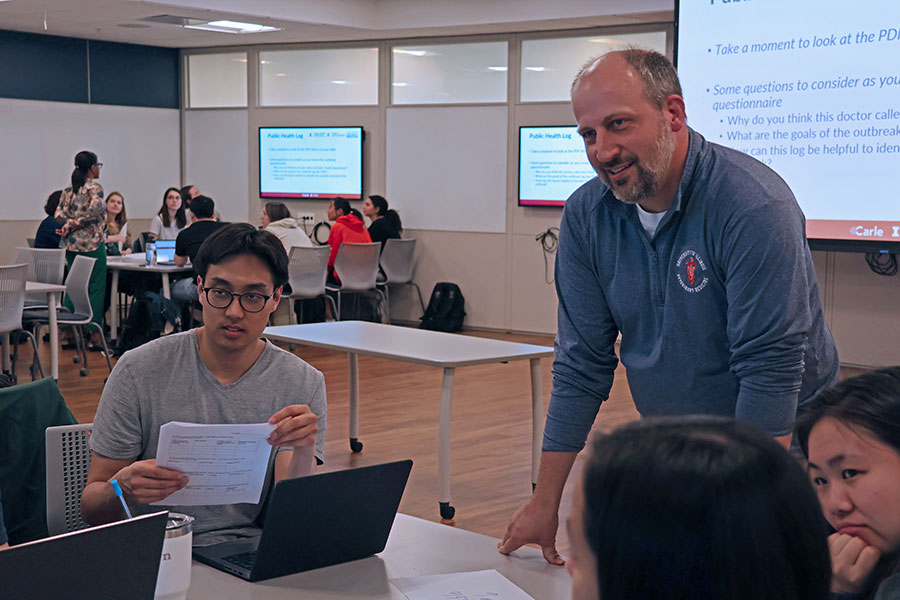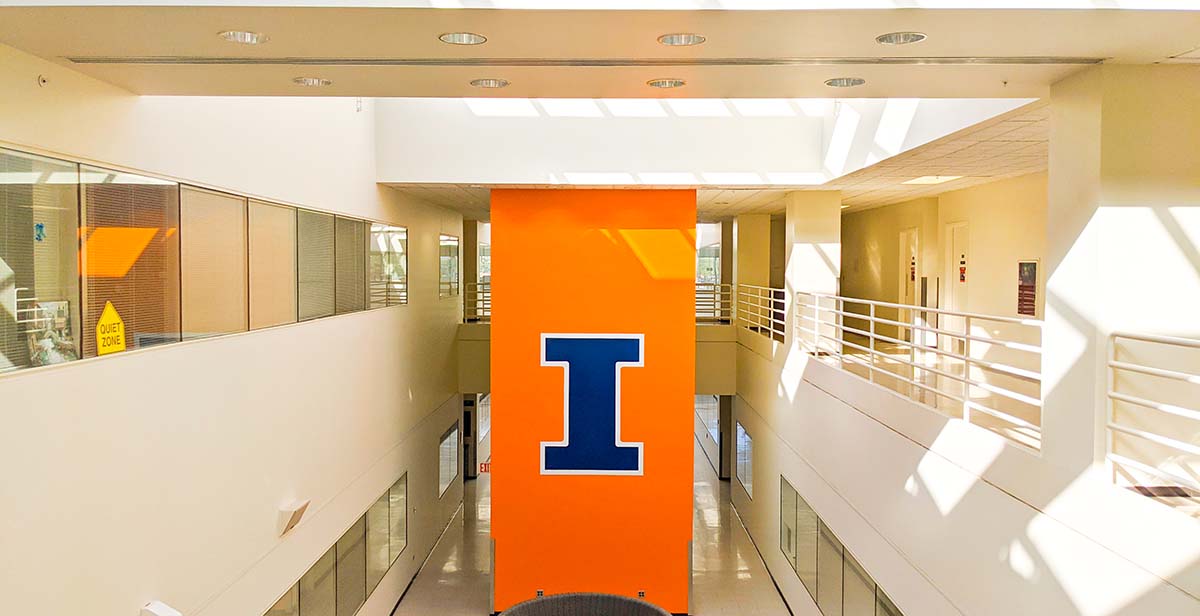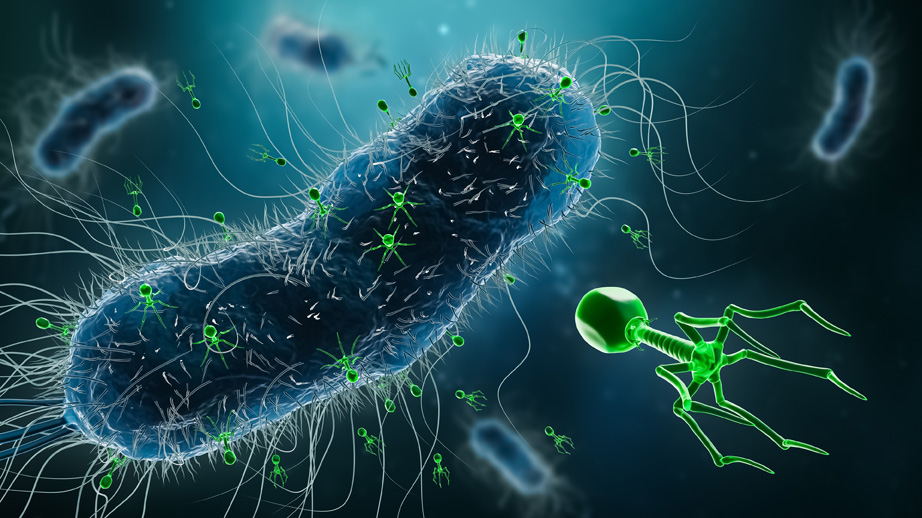One Health is the concept that the health of humans, animals, and the ecosystem cannot be attained without all three being healthy. That interdependence is at the heart of the most recent interprofessional experience between Carle Illinois College of Medicine, the College of Veterinary Medicine, and the College of Applied Health Sciences.
Interdisciplinary experiences have become standard in many medical and public health programs to help collaborate across challenging and complex health issues. This idea is not foreign at the University of Illinois, where medical students have worked with the School of Social Work on poverty simulations or with the School of Nursing to take vitals.
Interprofessional Teams Tackled Diarrheal Outbreak
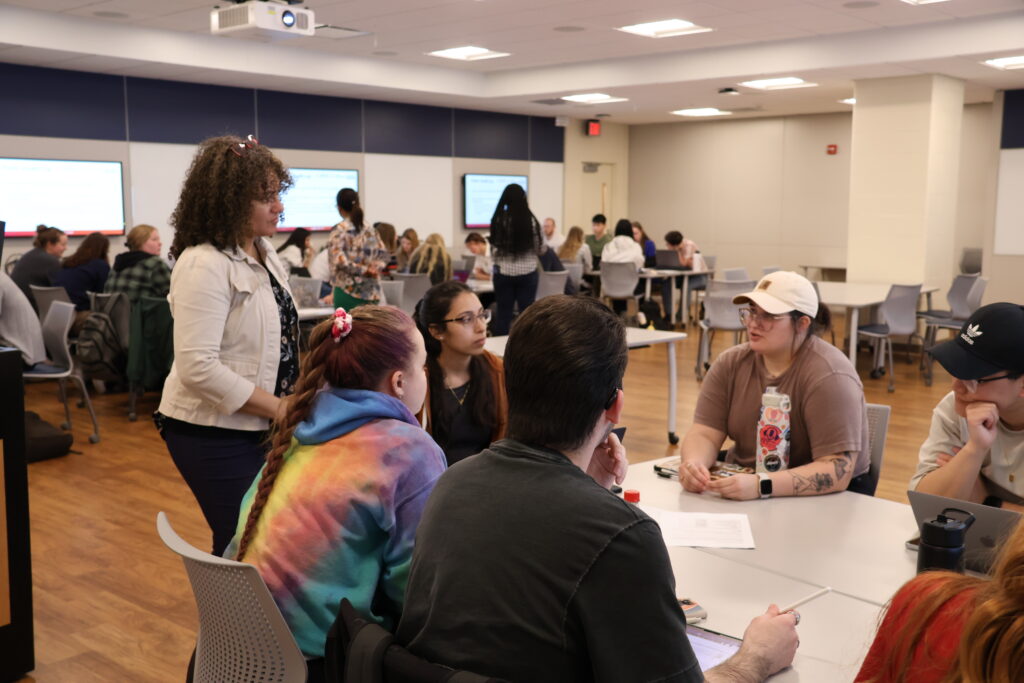
This spring for the second year in a row, the One Health concept came alive through a required interprofessional experience. More than 250 students in medicine, veterinary medicine, and applied health sciences took part. The 90-minute case-based scenario centered around a climate-induced flood incident in Champaign County. The flooding spread enteric pathogens clinically affecting cattle and people through drinking water. Students worked together to solve this diarrheal outbreak that originally presented in individual people and ultimately affected the entire community.
By collaborating with colleagues from other disciplines, students gained a broader perspective on how to tackle clinical presentations of diarrhea and how to intervene with mitigation strategies to protect the wider community. The simulation exercise took place several times, at both the medical and the veterinary college. Students worked in groups of 8 to 12, with representation across all three colleges.
Faculty Contributors Learned, Too
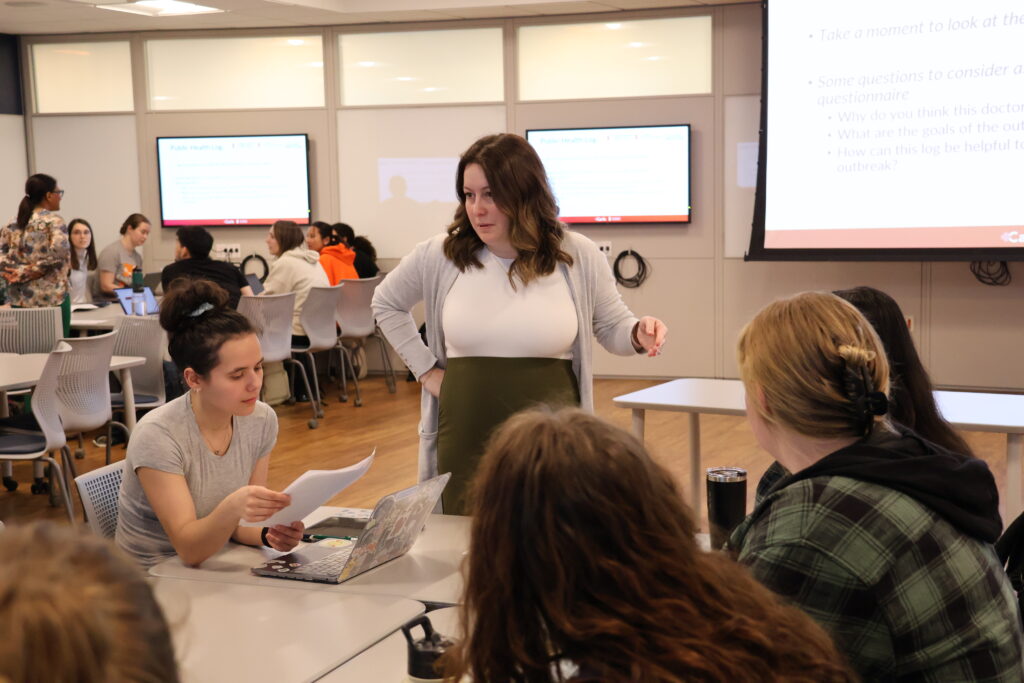
A team of faculty members from all three institutions developed this interprofessional experience over the last two years. Faculty from Carle Illinois College of Medicine included Drs. Grace Lee Park, Japhia Jayasingh Ramkumar, and Holly Rosencranz. From College of Veterinary Medicine, Drs. Will Sander, Yvette Johnson-Walker, Brian Aldridge, Sara Pearson, and Becky Smith contributed. Drs. Laura Rice, Sheena Martenies, and Pedro Hallal provided perspectives from the College of Applied Health Sciences.
Additionally, the experience pulled in the community expertise of the Champaign-Urbana Public Health District with Sarah Michaels. These experts learned from each other throughout the process of developing the simulation. For example, they learned what manure ponds look like, how well water is regulated, and how clinical samples are taken from patients with diarrhea. It was as beneficial to the faculty as it was to the students.
By Dr. Will Sander, DVM, MPH, DACVPM

